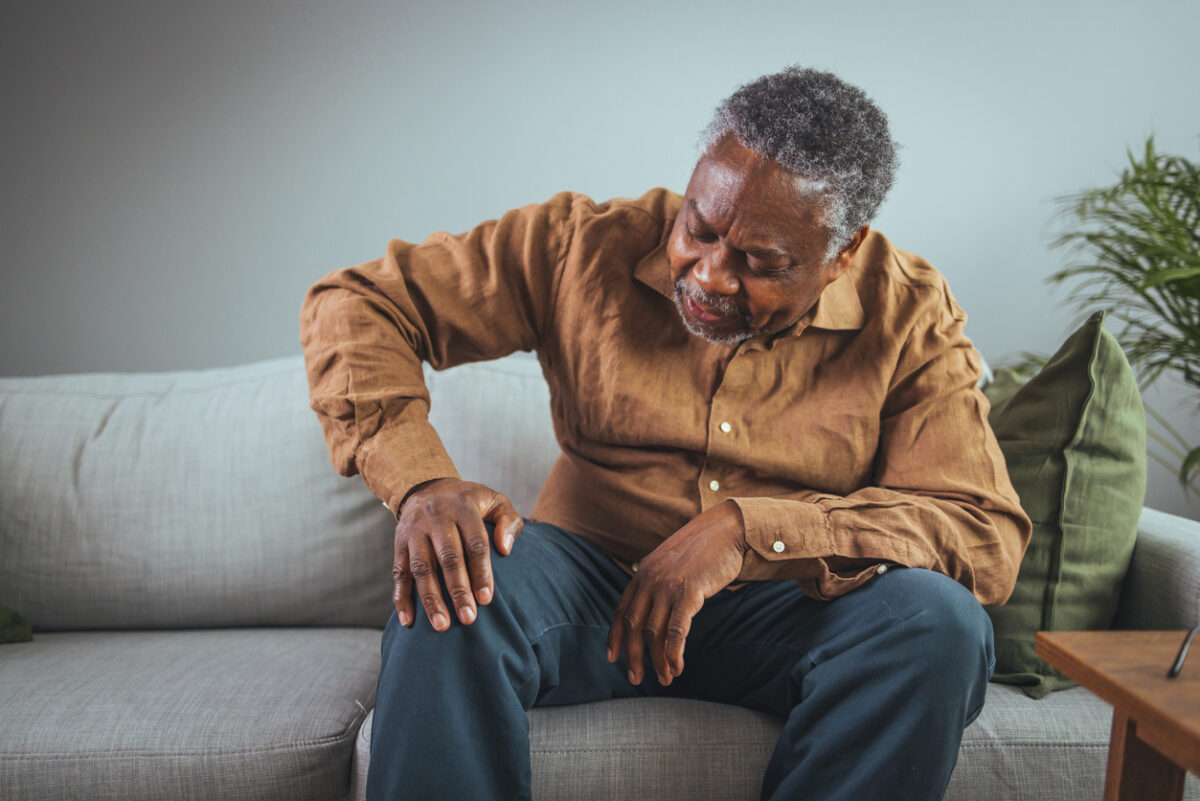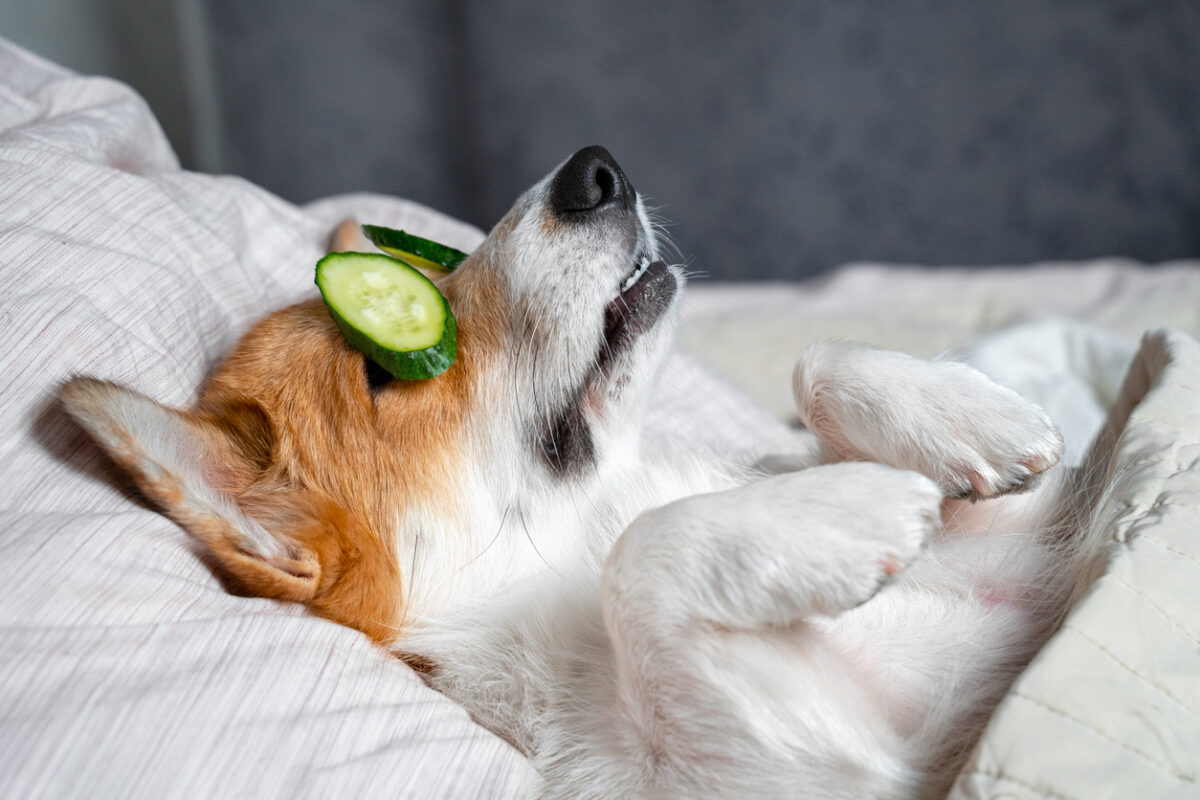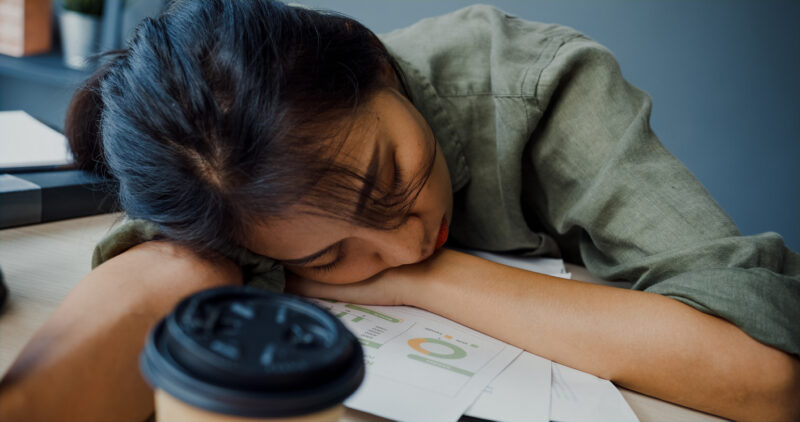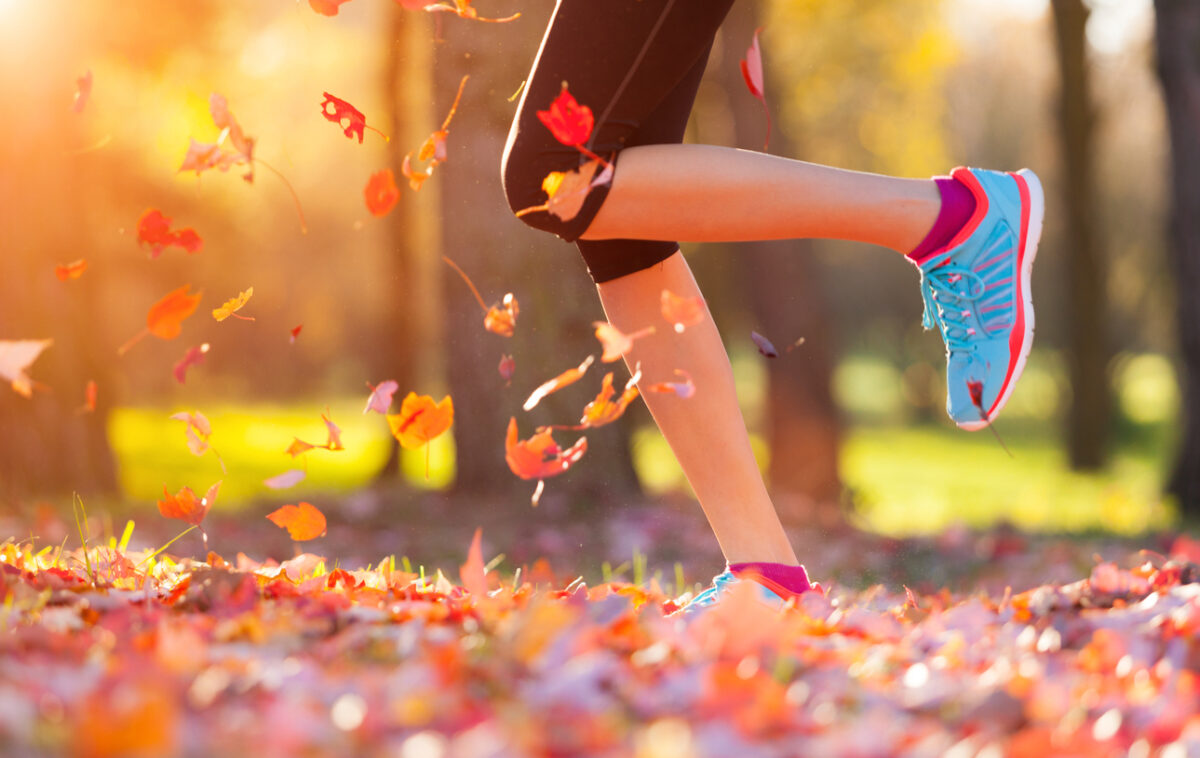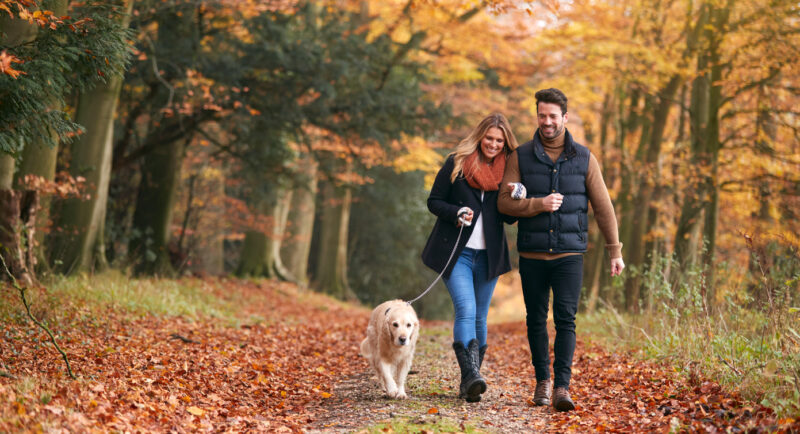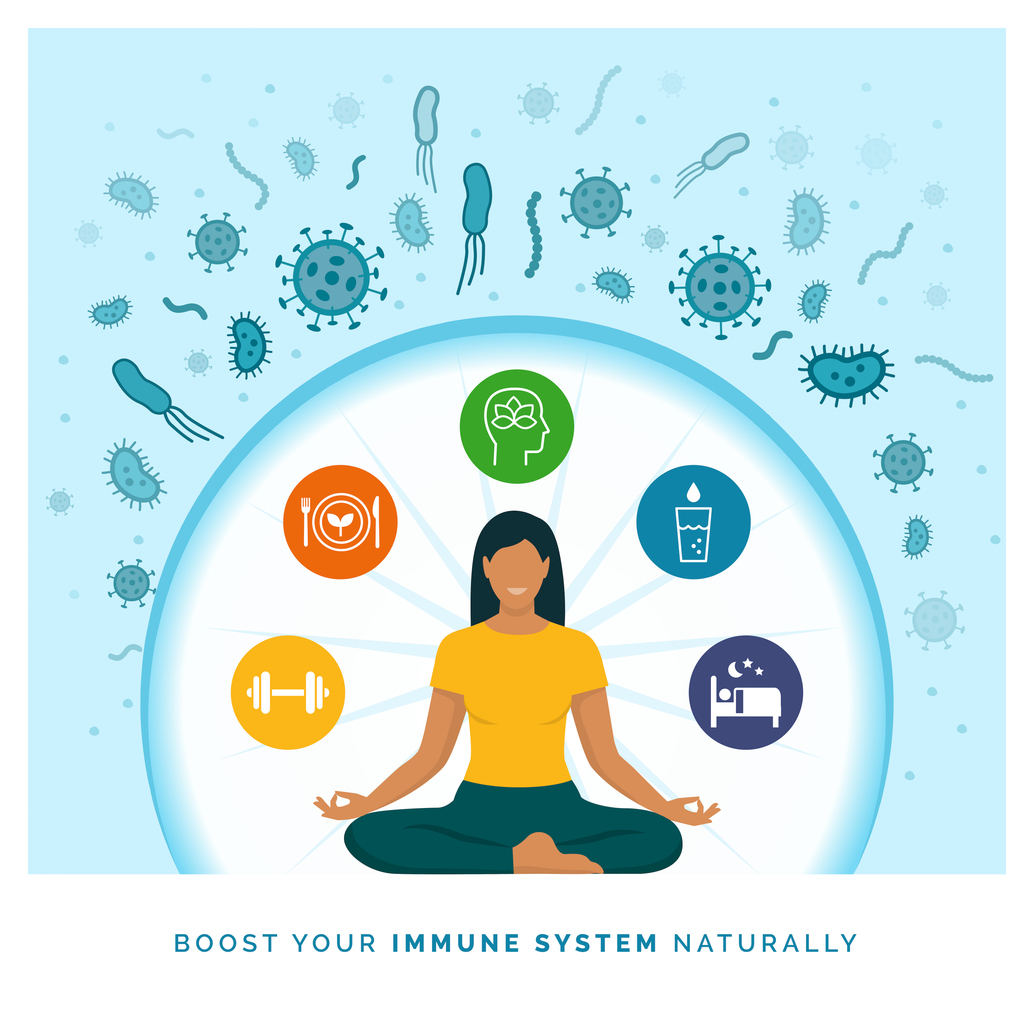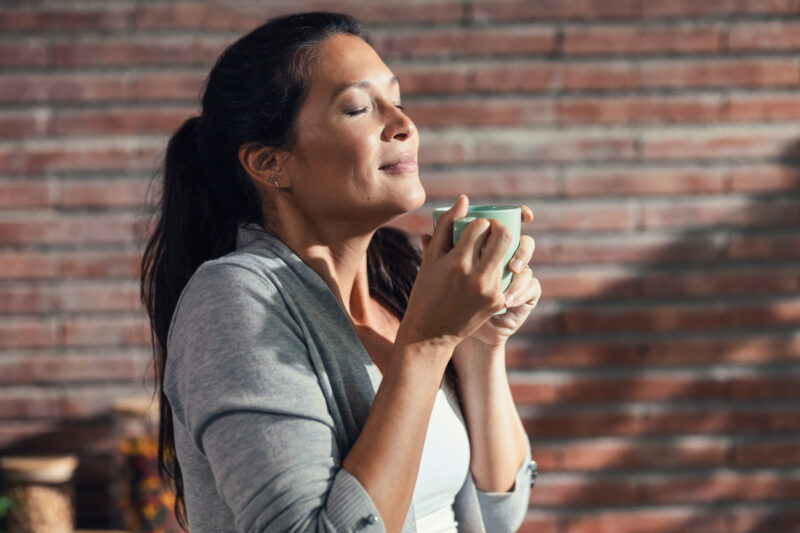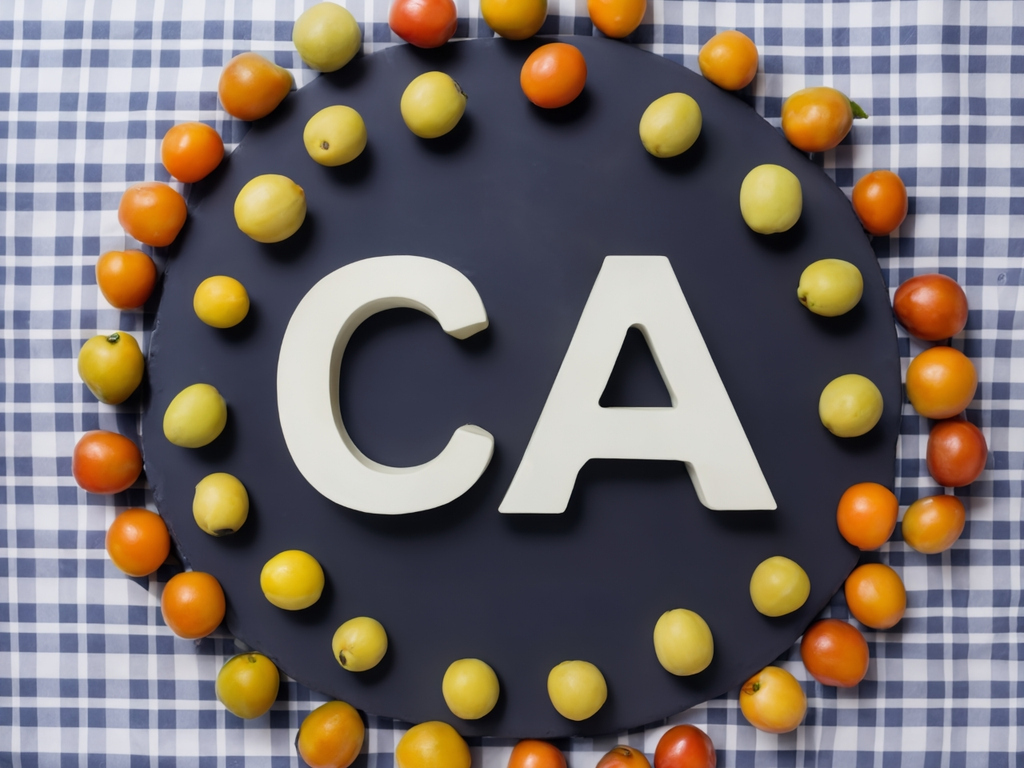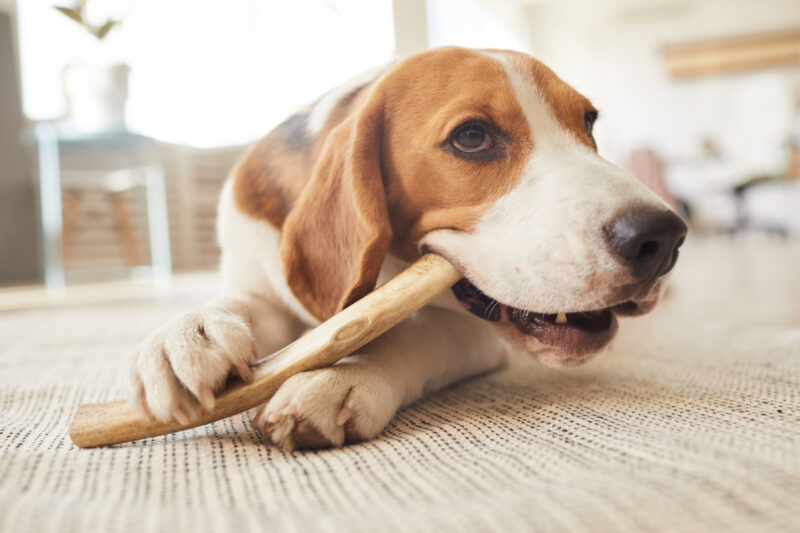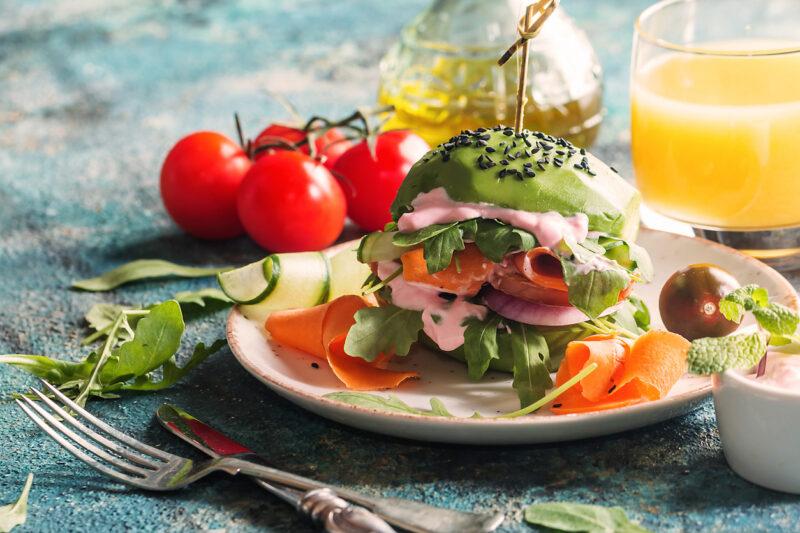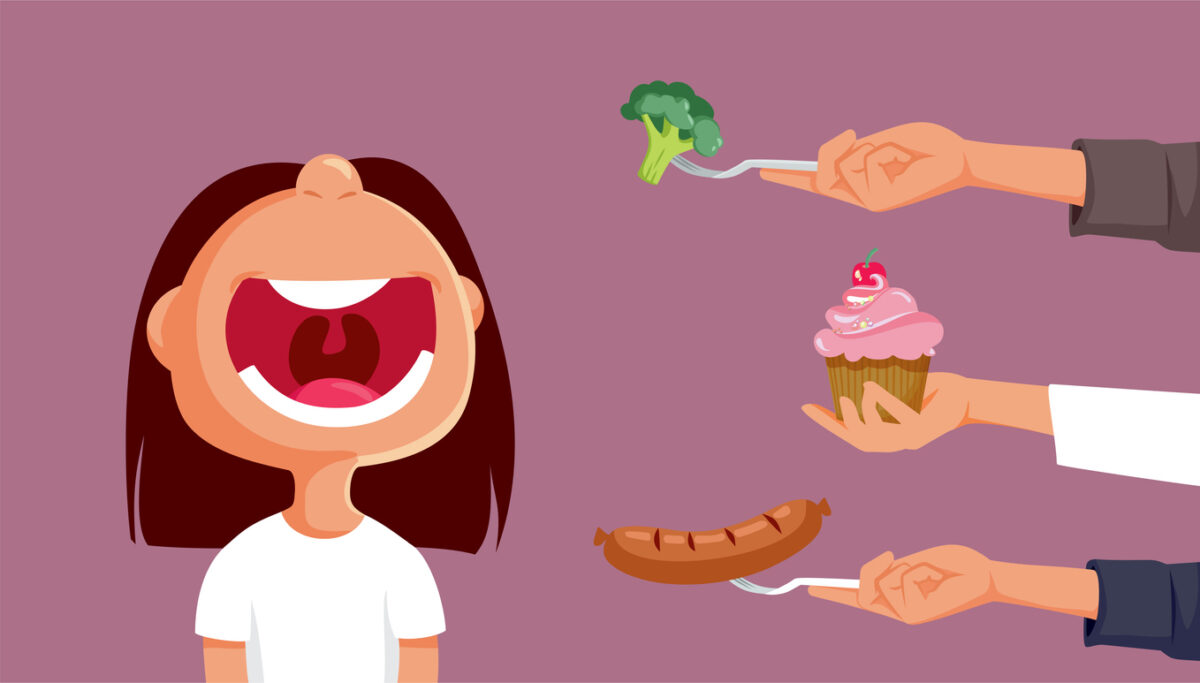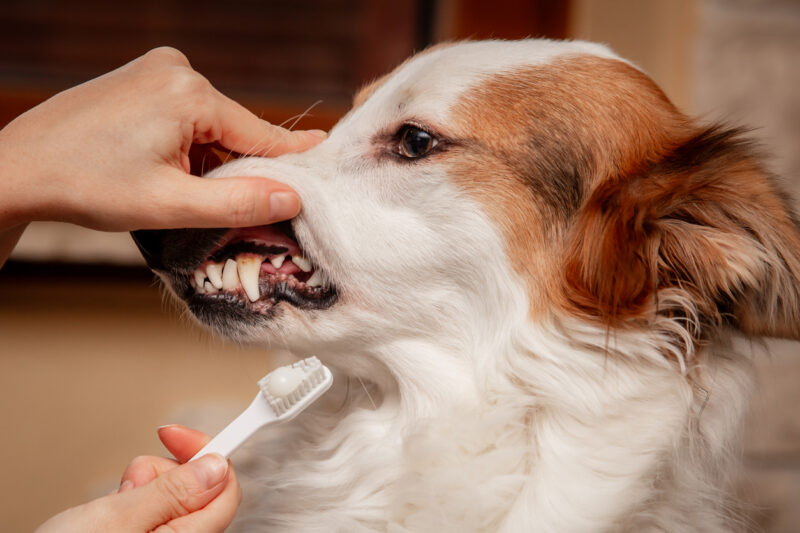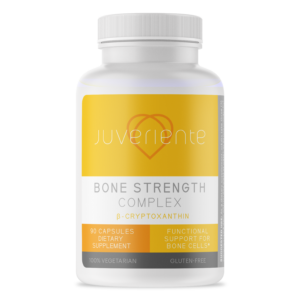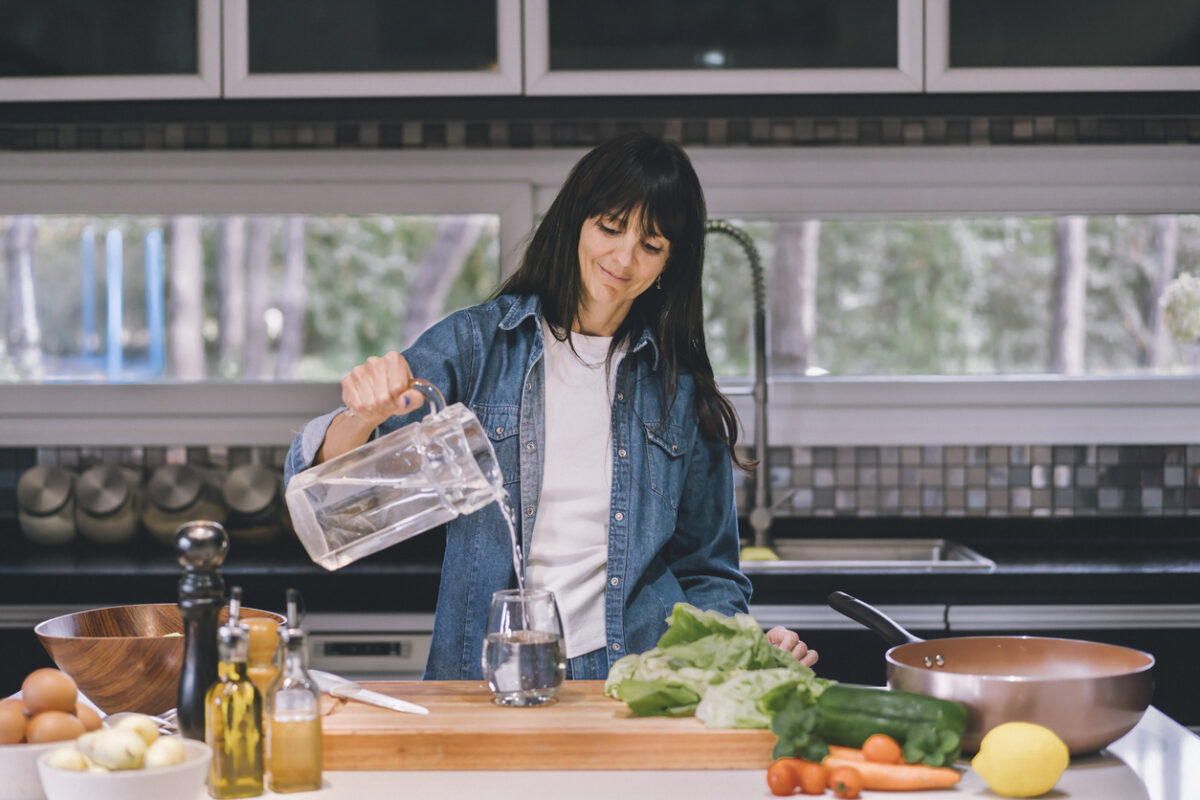Bone and joint pain can disrupt your daily life. Whether due to aging, lifestyle factors, or underlying conditions, finding relief is crucial for maintaining mobility and quality of life. This guide explores the causes, symptoms, and natural remedies for bones and joints ache, empowering you with actionable solutions.
What Causes Bones and Joints Ache?
Bones and joints ache can result from various factors. Understanding these can help address the root cause effectively.
Aging and Degeneration
As we age, bones lose density, and cartilage in joints wears down. This natural degeneration often leads to conditions like osteoporosis and osteoarthritis, which cause chronic pain.
Inflammatory Conditions
Autoimmune diseases like rheumatoid arthritis and lupus trigger inflammation in joints, causing swelling, stiffness, and pain.
Lifestyle Factors
Poor posture, lack of exercise, or repetitive movements can strain joints and bones. Over time, this leads to discomfort and limited range of motion.
Nutritional Deficiencies
Low levels of calcium, vitamin D, and magnesium weaken bones and contribute to joint pain.
External Resource: Learn more about joint-related health issues on the Arthritis Foundation website.
The Connection Between Aging and Joint Pain
Bone and joint pain becomes more common as we age. Here’s why:
Cartilage Breakdown
Cartilage cushions joints, but it wears away with age. This breakdown causes bones to rub together, leading to stiffness and discomfort.
Bone Density Loss
Osteoporosis weakens bones, making them prone to fractures and pain. Women, especially post-menopausal, face a higher risk due to hormonal changes.
Reduced Synovial Fluid
Synovial fluid lubricates joints, but its production decreases over time, contributing to stiffness and aches.
Preventive Tips for Aging Joints
- Stay active with low-impact exercises like swimming or yoga.
- Eat a diet rich in calcium and vitamin D.
- Maintain a healthy weight to reduce pressure on joints.
Common Symptoms Associated with Bones and Joints Ache
Recognizing the symptoms helps in early diagnosis and treatment.
Stiffness
Morning stiffness that lasts for more than 30 minutes could indicate arthritis or joint inflammation.
Swelling and Redness
These signs often accompany inflammatory conditions like gout or rheumatoid arthritis.
Cracking or Grinding Sounds
Joint noises, especially with pain, may signal cartilage wear or joint instability.
Decreased Range of Motion
Difficulty in moving joints freely might indicate severe cartilage damage or inflammation.
External Resource: Find more details on symptoms of joint issues at Mayo Clinic.
Natural Remedies to Relieve Bones and Joints Ache
Natural remedies offer a safe and effective way to manage pain without side effects.
Exercises to Strengthen Bones and Relieve Joint Discomfort
Targeted exercises can alleviate pain and prevent further issues.
- Weight-bearing exercises like walking improve bone density.
- Strength training builds muscle to support joints.
- Stretching increases flexibility and reduces stiffness.
Anti-Inflammatory Diet
Incorporate foods rich in omega-3 fatty acids (like salmon), turmeric, and ginger. These reduce inflammation and support joint health.
Exercise and Mobility
Engage in regular physical activity to strengthen muscles around joints and improve flexibility.
The Role of Nutrition in Joint and Bone Health
Nutrition is vital in preventing and relieving bones and joints ache.
- Calcium and Vitamin D: Essential for bone strength. Include dairy, leafy greens, and fortified products.
- Magnesium: Found in nuts, seeds, and whole grains, it supports joint function.
- Collagen: Bone broth and collagen supplements aid cartilage repair.
Lifestyle Changes to Prevent Bone and Joint Issues
- Avoid smoking and limit alcohol, as both affect bone density.
- Maintain a healthy weight to reduce joint strain.
- Practice good posture to prevent unnecessary stress on bones and joints.
Can Supplements Help with Bones and Joints Ache?
Supplements can complement a healthy lifestyle in managing bone and joint pain.
1. Glucosamine and Chondroitin
These popular supplements rebuild cartilage and reduce joint stiffness.
2. Omega-3 Fatty Acids
Fish oil supplements combat inflammation, improving joint comfort.
3. Vitamin D and Calcium
Essential for bone health, these supplements prevent fractures and improve density.
4. Herbal Remedies
Boswellia, also known as Indian frankincense, has anti-inflammatory properties and supports joint function.
Pro Tip: Consider reputable brands like Juveriente Bone Strength Complex for targeted bone support.
By understanding and addressing the causes of bones and joints ache, you can find lasting relief and improve your overall well-being. Start incorporating these tips today for healthier bones and pain-free joints.
The natural bone strength complex made from Satsuma mandarin orange
Juveriente®’s Bone Strength Complex is a natural supplement made from a traditional dietary habit of a healthy bone town in Japan. People there eat a lot of Satsuma mandarin orange and have high concentration of Beta-Cryptoxanthin, a kind of carotenoid. A cohort study there found that that concentration has high reverse correlation with onset ratio of osteoporosis.
It provides you the essence of a natural food, which is simply an extract of a Japanese popular citrus fruit. It is according to your principal policy. Needless to say, it is better to try a natural food before jumping to strong medicines. Though natural and gentle, it has garnered a lot of amazing reviews in Amazon since its launching in 2016.
This natural supplement contains most of the minerals discussed above. If you are to try multi-vitamin for your bone health, Juveriente® Bone Strength Complex will provide you most of the vital minerals as well as the Japanese bone health secret.
Please learn details in our product page.


